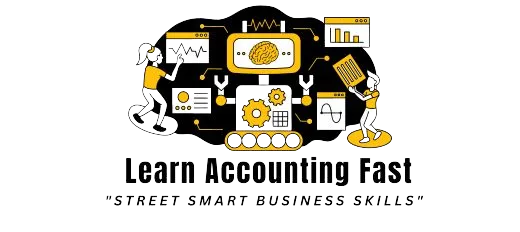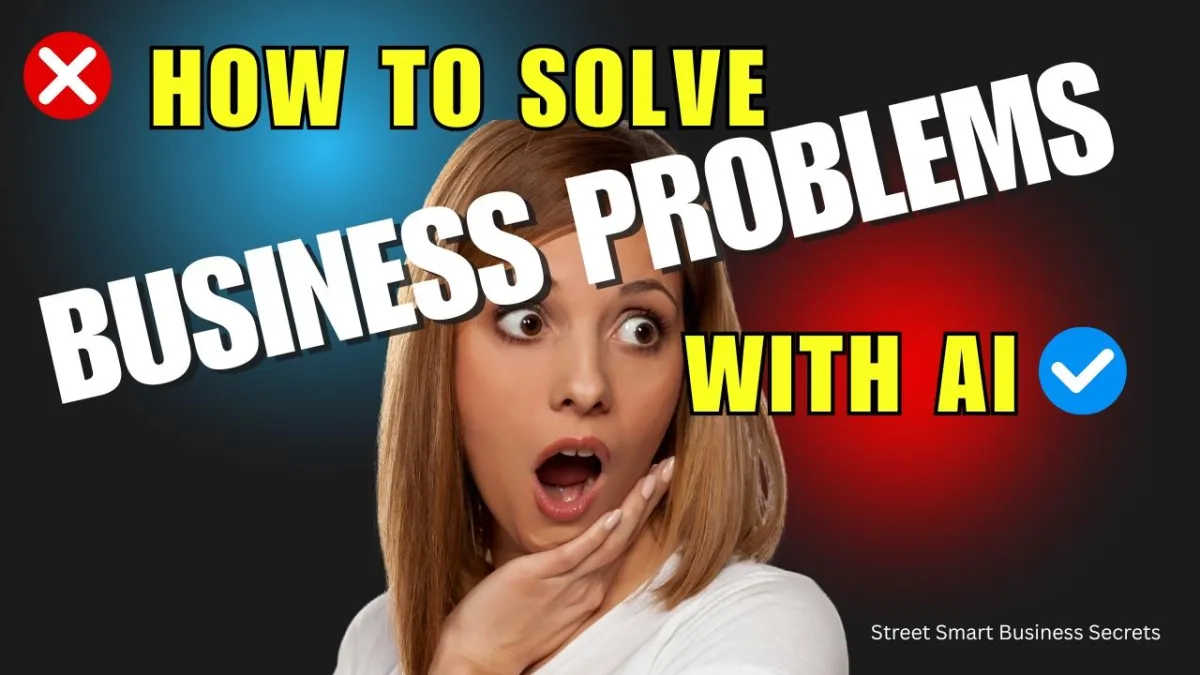Investing in Digital Transformation for Enhanced Operational Flexibility
Digital transformation is crucial for businesses aiming to remain agile and responsive, especially during disruptions like geopolitical risks conflicts.
Embracing technology allows for better management of remote teams, optimization of online sales platforms, and more effective digital marketing.
Here’s how to assess and improve your technology stack:
Step 1: Assess Your Current Technology Stack
Inventory Your Technology:
List all software and hardware currently in use.
Evaluate their roles, efficiency, and any integration issues.
Identify redundancies and underutilized tools.
Conduct a SWOT Analysis:
Identify strengths, weaknesses, opportunities, and threats in your current tech stack.
This analysis helps in pinpointing areas needing upgrades or replacements.
Resources:Tech Stack Audits
SWOT Analysis Tools
Step 2: Identify Key Areas for Improvement
Remote Team Management:
Adopt collaboration tools like Slack, Microsoft Teams, or Asana to improve communication and project tracking.
Use time-tracking software to manage productivity.
Online Sales Platforms:
Upgrade to e-commerce platforms such as Shopify or Magento for better scalability and integration
with other business systems.
Implement Customer Relationship Management (CRM) tools like Salesforce to enhance customer service
and sales tracking.
Digital Marketing Channels:
Utilize too ls like HubSpot or Marketo for comprehensive digital marketing automation.
Integrate social media management platforms such as Hootsuite to streamline content scheduling and engagement.
Resources:
Remote Team Management Tools
Top E-commerce Platforms
Digital Marketing Automation Tools

Step 3: Implement and Train
Integration and Implementation:
Plan phased rollouts to minimize disruptions.
Ensure new tools are compatible with existing systems.
Consider cloud-based solutions for greater flexibility and scalability.
Employee Training:
Conduct workshops and training sessions to familiarize employees with new tools.
Provide continuous support and resources for troubleshooting.
Resources:
Integration Best Practices
Employee Training Programs
Step 4: Continuous Monitoring and Optimization
Performance Metrics:
Set KPIs to measure the effectiveness of new technologies.
Use analytics to track usage and identify areas for further improvement..
Feedback Loops:
Regularly collect feedback from employees and customers.
Adapt and optimize tools based on this feedback to enhance usability and efficiency.
Resources:
Key Performance Indicators (KPIs)
Effective Feedback Collection
Step 5: Strategic Practices
Adopt AI and Machine Learning:
Implement AI tools for predictive analytics and personalized customer experiences.
Use machine learning for automating routine tasks and improving decision-making.
Blockchain for Supply Chain Management:
Utilize blockchain to enhance transparency and traceability in supply chains.
This can help in reducing fraud and improving efficiency.
Virtual and Augmented Reality:
Leverage VR (virtual reality) and AR (Augmented Reality) for immersive training programs and virtual prototyping.
These technologies can also enhance customer engagement and product demonstrations.
What is Virtual Reality (VR)?
Virtual Reality is a computer-generated simulation that allows users t o experience and interact with a 3D environment.

By wearing a VR headset, users can immerse themselves in a virtual world that can replicate real-world scenarios or create entirely new environments
What is Augmented Reality (AR)?
Augmented Reality overlays digital information onto the real world through devices like smartphones, tablets, or AR glasses .It enhances the user's perception of reality by adding interactive elements.
Business Continuity Planning:
Develop a business continuity plan that includes scenarios for natural disasters, political instability, and other crises, ensuring your business can continue operations under various conditions.
Resources:
AI in Business
Blockchain for Supply Chain
VR and AR Applications
Conclusion
Investing in digital transformation is a strategic move to enhance operational flexibility and resilience.
By assessing your current technology stack, identifying areas for improvement, implementing new tools, and continuously optimizing, you can ensure your business stays agile and competitive in the face of global disruptions.
Remember, each step in your digital transformation journey should be backed by thorough research and careful implementation to maximize benefits and ensure a smooth transition.
Now is the perfect time to invest in your greatest asset - YOUR BUSINESS AND FINANCIAL EDUCATION.
It's time to thrive in these trying times by taking advantage of this opportunity for personal growth.
Be the greatest you can be…
Latest Posts
The Six Laws of
Wealth Creation
The Six Laws of Wealth Creation. These timeless actions work in 2025’s rapid-change environment and give you calm, repeatable steps to grow money.....
How to Read Business
Financial Reports
A Story of Business Secrets Hidden in Reports
Sarah sat in her office staring at a thick folder of financial reports. Sales, costs, cash flow....
The Millionaire
Mind in Action
Timeless Wealth, Flow, and Power from Robert Kiyosaki,Frank Kern, Tony Robbins
and Open Ai......
Why Cost Control Is the Forgotten Key to Profitability
Most entrepreneurs chase sales growth like it’s the only thing that matters.They spend thousands on ads, new products, and fa ncy offices.....
Master Prompts For
Financial Analysis
The Complete Small Business Guide to Financial Analysis: Formulas, Examples, and Tips.These are super-powerful questions you can ask an AI to help..
How To Solve Any Business
Problem With Ai
AI can help you solve all of these faster, smarter, and more affordably, if you know how. This guide will show you exactly how to do that.........
Disclaimer: The content shared on this blog and in these videos is for informational and educational purposes only. Despite my 30 years of experience as a business owner, I am not a certified financial advisor, accountant, or legal professional. The insights and tips shared are based on personal experiences and should not be taken as professional financial or legal advice. For financial, legal, or professional advice, please consult with a certified professional in the respective field. I disclaim any liability or responsibility for actions taken based on any information found in this blog or these videos.
Copyright Learn Accounting Fast - All Rights Reserved 2025









Facebook
Instagram
X
LinkedIn
Youtube